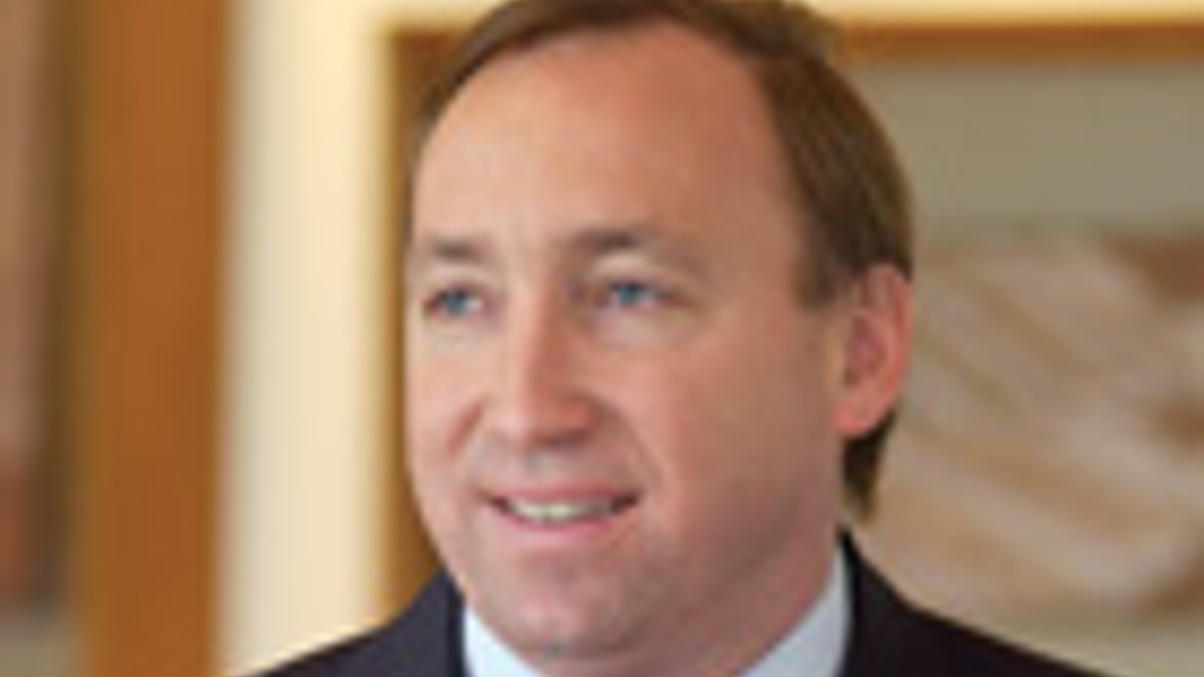AustralianSuper to boost real estate, infrastructure
AustralianSuperÆs CIO and deputy CEO, Mark Delaney, discusses the fundÆs performance coming out of the credit crunch.

Sign In to Your Account
Access Exclusive AsianInvestor Content!
Please sign in to your subscription to unlock full access to our premium AI resources.
Free Registration & 7-Day Trial
Register now to enjoy a 7-day free trial—no registration fees required. Click the link to get started.
Note: This free trial is a one-time offer.
¬ Haymarket Media Limited. All rights reserved.


